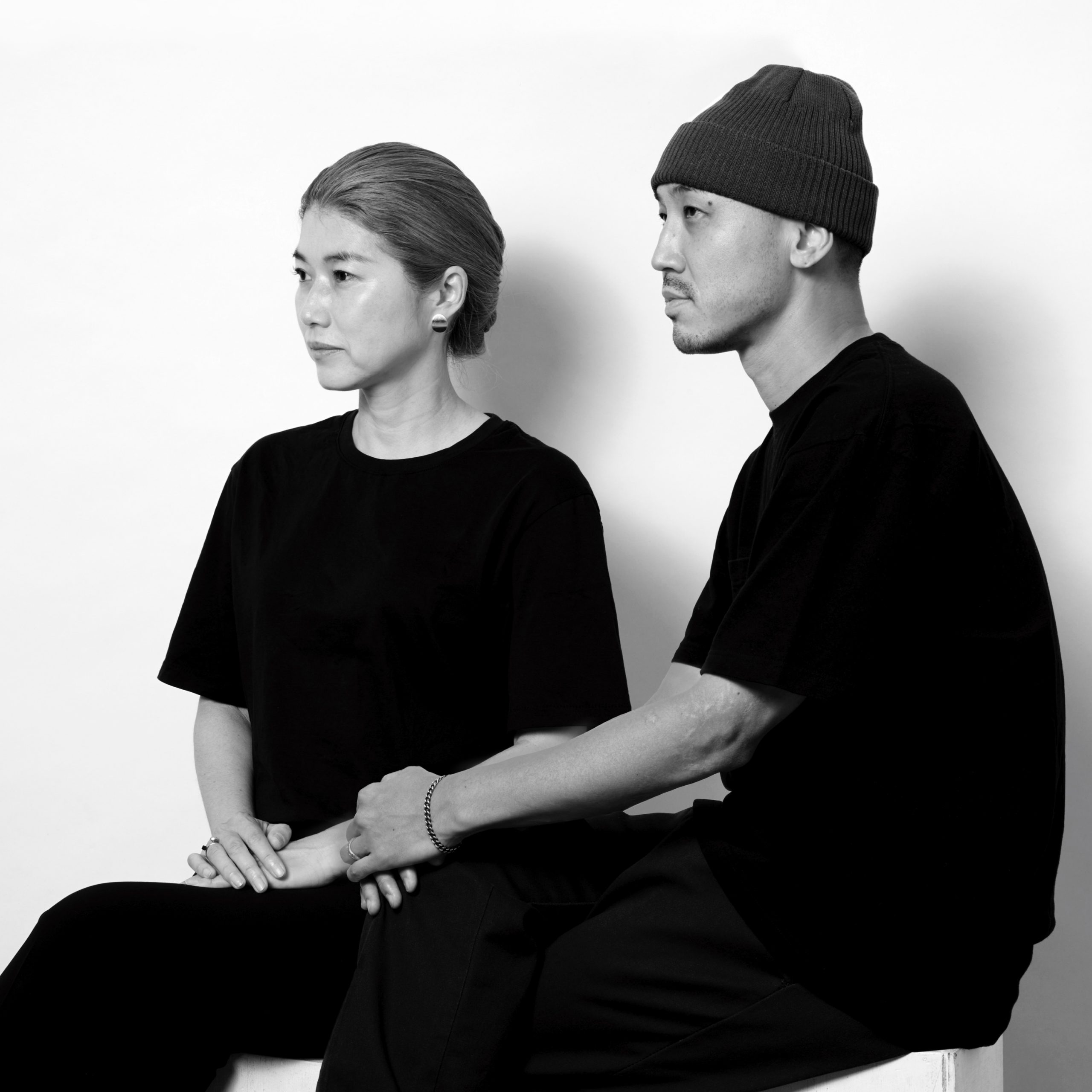
- DECODE 27 #dialog/2023年
HITOTZUKI
HITOTZUKI
- ART FAIR - CROSSOVER

アーティストのKAMIとSASUが1999年に結成したユニットHITOTZUKIは、日本のストリートアートの黎明期における中心的なアーティストとして位置付けられている。アーティスト名であるHITOTZUKI(日と月)が示すように、作品の根幹には陰と陽、生と死、善と悪、男性と女性といった一見相反する事物を包含しながらも、それらが複雑に絡み合い、交錯することで生まれる熱量や、新たな風景を生み出そうとする作家の意志がある。彼らの作品はカラフルでポップな世界観を持ちながらも、哲学的かつ普遍的な主題を扱い続けており、これまでイメージ中心だったストリートアート界にこうした点を取り入れた意味でも唯一無二の存在である。長年にわたりストリート・アートシーンを牽引してきたHITOTZUKIは「X-COLOR / Graffiti in Japan」(2005年 / 水戸芸術館現代美術センター)や「六本木クロッシング:芸術は可能か?」(2011年 / 森美術館)など美術館での展示や、市民によるクラウドファンディングで実現した壁画制作、GINZA MAISON HERMÈSでのウィンドウディスプレイ、 ルイ・ヴィトン 小倉井筒屋店内の壁画など、さまざまな分野において活動の幅を広げている。
Formed in 1999 by artists KAMI and SASU, the unit HITOTZUKI is positioned as a central artist in the early days of street art in Japan. As the artist's name HITOTZUKI (sun and moon) suggests, their works are rooted in the artists' will to create new landscapes and the heat generated by the complex interplay and intersection of seemingly opposing things such as yin and yang, life and death, good and evil, and men and women. While their works have a colorful and pop appearance, they continue to deal with philosophical and universal themes, and are unique in the sense that they have introduced these aspects into the street art world. HITOTZUKI has been a longtime leader of the street art scene and has been featured in exhibitions such as "X-COLOR / Graffiti in Japan" (2005, Contemporary Art Center, Art Tower Mito) and "Roppongi Crossing: Is Art Possible? (2011 / Mori Art Museum), a mural painting realized through crowdfunding by citizens, a window display at GINZA MAISON HERMÈS, and a mural inside the Louis Vuitton Kokura Izutsuya store, among others.
HITOTZUKI_CV
Formed in 1999 by artists KAMI and SASU, the unit HITOTZUKI is positioned as a central artist in the early days of street art in Japan. As the artist's name HITOTZUKI (sun and moon) suggests, their works are rooted in the artists' will to create new landscapes and the heat generated by the complex interplay and intersection of seemingly opposing things such as yin and yang, life and death, good and evil, and men and women. While their works have a colorful and pop appearance, they continue to deal with philosophical and universal themes, and are unique in the sense that they have introduced these aspects into the street art world. HITOTZUKI has been a longtime leader of the street art scene and has been featured in exhibitions such as "X-COLOR / Graffiti in Japan" (2005, Contemporary Art Center, Art Tower Mito) and "Roppongi Crossing: Is Art Possible? (2011 / Mori Art Museum), a mural painting realized through crowdfunding by citizens, a window display at GINZA MAISON HERMÈS, and a mural inside the Louis Vuitton Kokura Izutsuya store, among others.
HITOTZUKI_CV